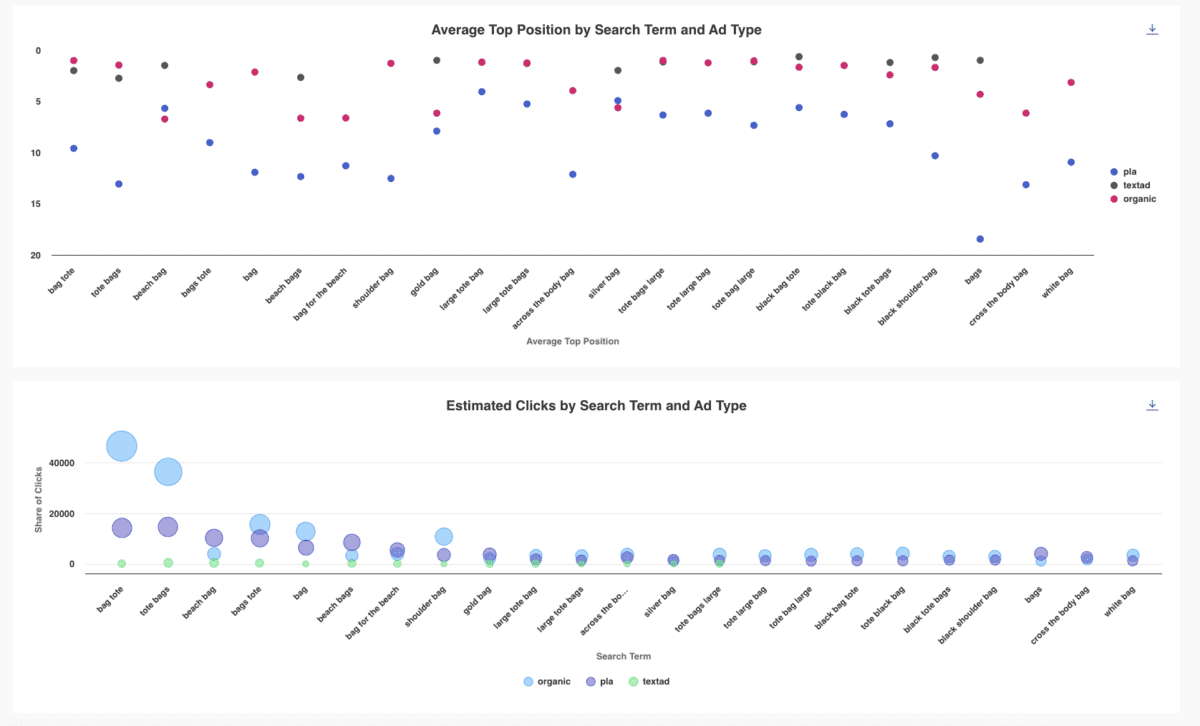We often see clients pause bidding on brand terms with low competition to reduce costs and reallocate funds to generics. The idea is that these brand terms, with their strong organic presence, will perform well on their own. However, this can be a costly mistake.
Over-reliance on organic performance while investing heavily in generic terms can lead to missed opportunities. High-intent clicks from consumers already searching for your brand and close to conversion are too valuable to lose.
There’s no universal formula, and every advertiser will have a sweet spot when it comes to balancing generics and owned terms. But there are definitely some best practices to follow to help you get the most from all your bids.
Accurate data is crucial, as shown by our recent work with UNTUCKit, which saved $54,000 in six months by pausing unnecessary brand bidding through our Brand Activator solution.
“Adthena’s Brand Activator has allowed us to feel a lot more confident in the incrementality of our branded search results. We know when we are spending on the keywords needed to avoid competitors picking up our traffic.”
– Rhonda Albaneze, Digital Marketing Director, UNTUCKit







